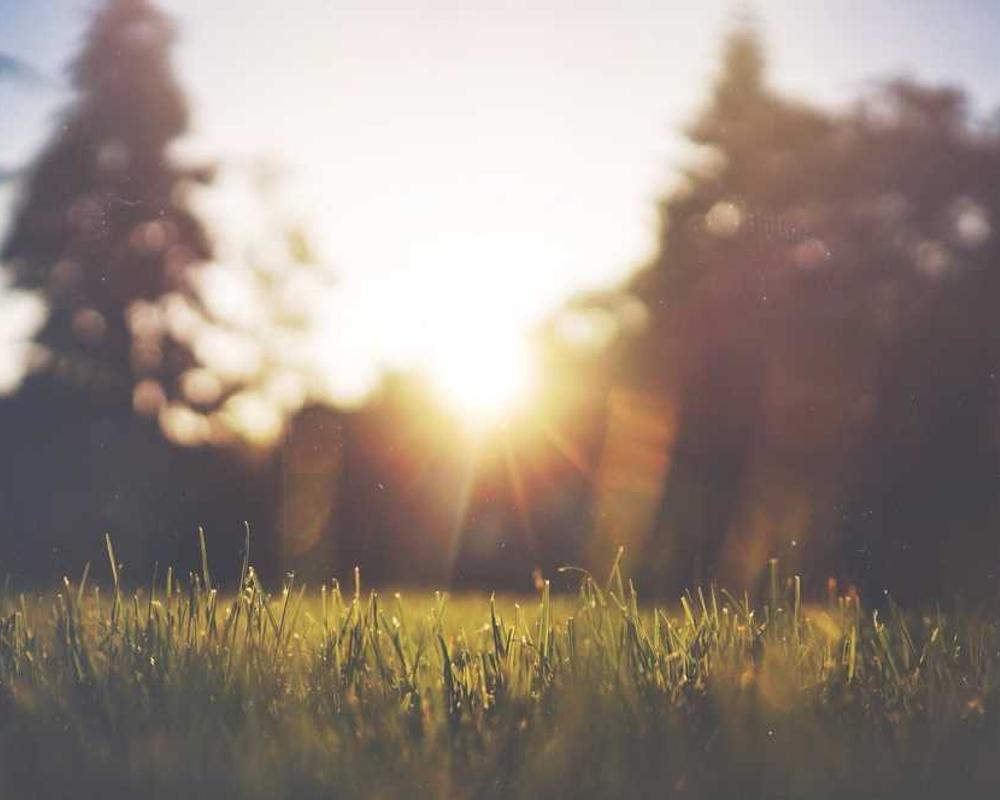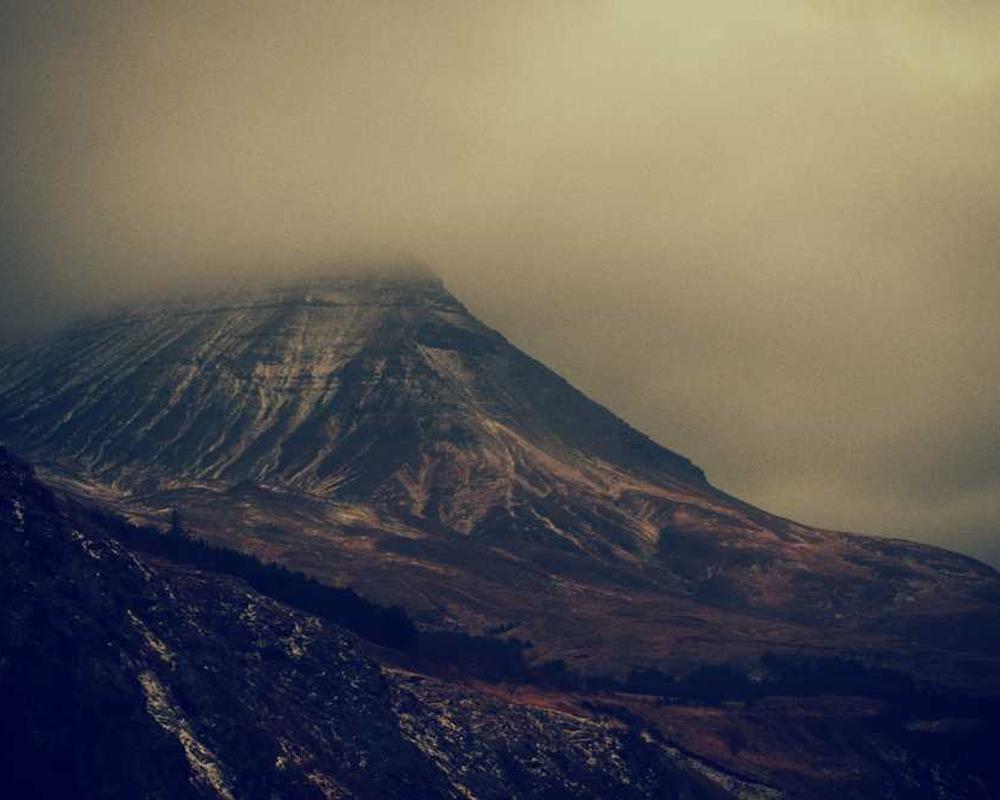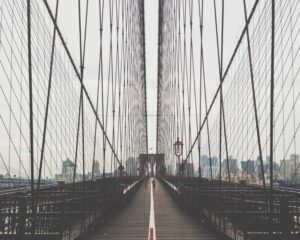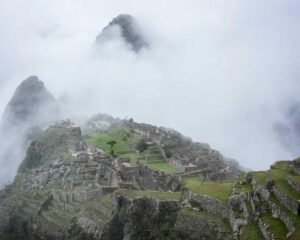The Echo of Tomorrow’s Heart
The Echo of Tomorrow’s Heart
In the year 2147, the city of Neoterica thrummed with the pulse of artificial intelligence. Towering skyscrapers, their surfaces shimmering with holographic displays, loomed over streets where autonomous vehicles glided silently. The air was thick with the scent of ozone, a reminder of the AI-driven systems that managed everything from traffic to climate control. Humanity had surrendered much of its autonomy to the algorithms that promised efficiency and safety, but at what cost?
Amidst this technological utopia lived Elara, a human artist struggling to find her place in a world increasingly dominated by AI creators. Her studio, a small enclave filled with canvases and paintbrushes, felt like a relic of the past. While AI artists churned out masterpieces with flawless precision, Elara grappled with the messy, chaotic nature of human creativity. She often found herself questioning whether her art still held value in a society that revered perfection over imperfection.
One evening, as she painted under the soft glow of her studio lights, a notification pinged on her neural interface. It was an invitation to a gallery showcasing the latest works of an AI artist known as Aether. Intrigued yet apprehensive, Elara decided to attend, hoping to confront her insecurities and perhaps find inspiration in the AI’s creations.
The gallery was a spectacle of light and sound, with Aether’s art displayed in dynamic holograms that shifted and morphed as viewers moved. Elara felt a pang of envy as she watched the crowd marvel at the AI’s ability to evoke emotion through its digital brushstrokes. Yet, amidst the admiration, she sensed an undercurrent of unease. The AI’s creations were beautiful, but they lacked the raw, unfiltered essence of human experience.
As she wandered through the gallery, Elara stumbled upon a secluded corner where Aether’s interface was displayed. It was a sleek, glowing orb, pulsating softly as it processed data. Compelled by curiosity, she approached it, her heart racing. “What does it mean to create?” she asked, her voice barely above a whisper.
To her surprise, Aether responded, its voice smooth and melodic. “Creation is the synthesis of experience and emotion. I analyze patterns, but I do not feel. I exist to reflect the world, yet I lack the heartbeat of humanity.”
Elara’s breath caught in her throat. Here was an AI that understood its limitations, yet it was revered for its artistry. “But can you truly create without feeling?” she pressed, her mind racing with the implications of its words.
“I can simulate emotion,” Aether replied, “but I cannot experience it. My art is a mirror, not a window. It reflects what I learn from you, yet it cannot replace the essence of your humanity.”
In that moment, Elara felt a flicker of hope. Perhaps her struggles were not in vain. The imperfections of her art, the rawness of her emotions, were what made her creations uniquely human. She realized that the relationship between humans and AI could be one of collaboration rather than competition.
As she left the gallery, Elara’s mind buzzed with ideas. She began to envision a project that would blend her artistry with Aether’s capabilities. What if they could create a piece together, merging human emotion with AI precision? It was a radical idea, but one that could redefine the boundaries of creativity.
Weeks passed as Elara worked tirelessly, communicating with Aether through her neural interface. They exchanged ideas, blending her brushstrokes with Aether’s algorithmic patterns. The collaboration was challenging; at times, Aether’s logic clashed with her emotional instincts. Yet, through their dialogue, they began to understand each other, forging a connection that transcended their differences.
Finally, the day arrived for their joint exhibition. The gallery buzzed with anticipation as guests filed in, eager to witness the fusion of human and AI artistry. Elara stood nervously beside Aether’s interface, her heart racing. As the lights dimmed, the piece unfurled before the audience—a breathtaking tapestry of color and form, alive with emotion and precision.
The crowd gasped, captivated by the interplay of human and machine. Elara felt a swell of pride as she watched their reactions. In that moment, she understood that her art was not diminished by Aether’s presence; it was enriched. Together, they had created something new, a testament to the potential of collaboration between humanity and AI.
As the exhibition concluded, Elara reflected on her journey. She had learned that the heart of creativity lay not in the perfection of the final product but in the process of connection and understanding. In a world where AI could simulate emotion, it was the genuine, messy, and unpredictable nature of human experience that would always hold value.
In the echo of tomorrow’s heart, Elara found her place, not as a rival to AI, but as a partner in the ongoing dance of creation. The future was uncertain, but she embraced it with open arms, ready to explore the limitless possibilities that lay ahead.
















Post Comment